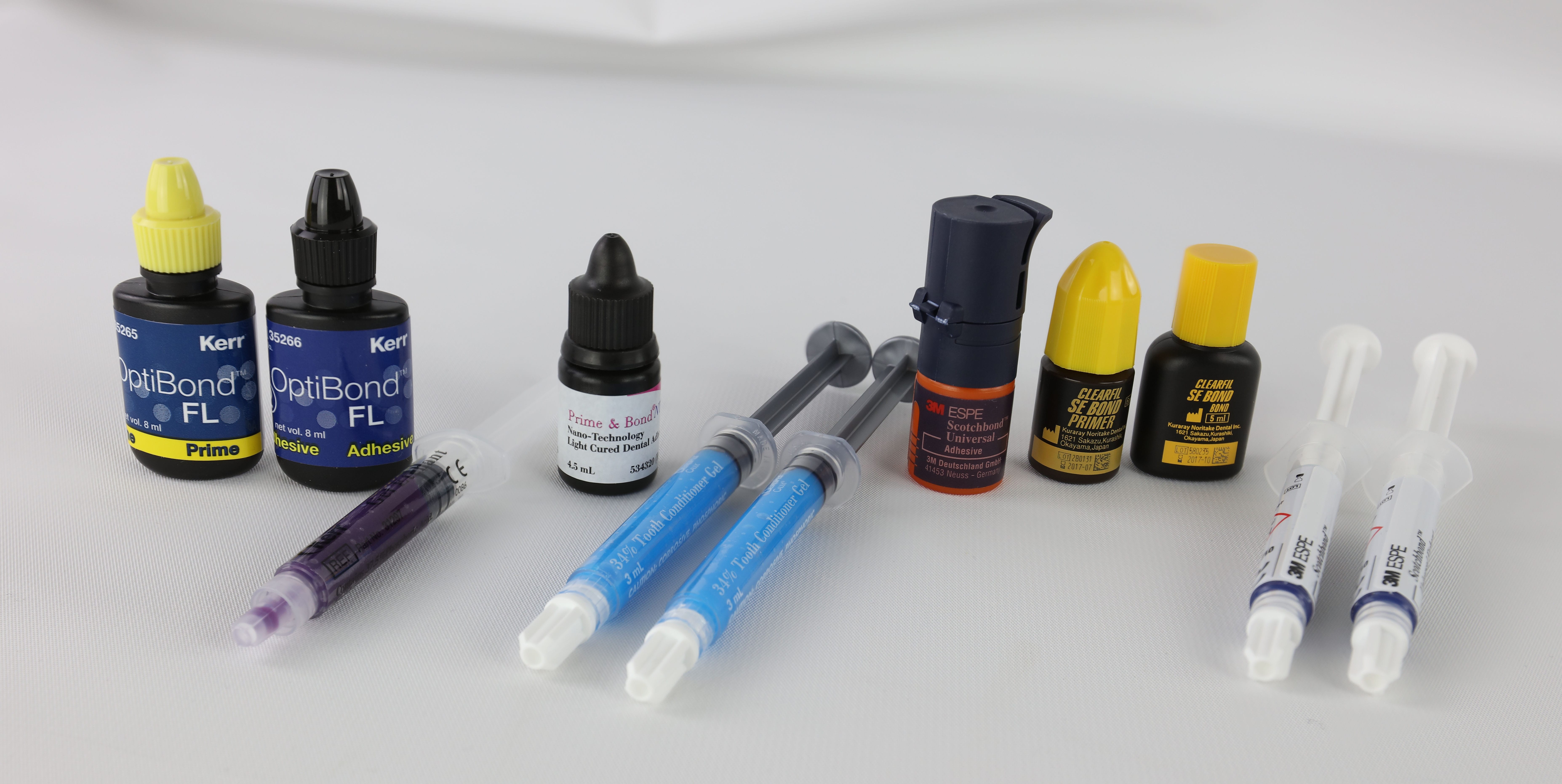Dental implants have revolutionized the field of restorative dentistry, offering a lifelike solution for those with missing teeth. If you’re considering dental implants but are unsure about their appearance, this comprehensive guide will provide you with detailed insights into what dental implants look like, how they compare to natural teeth, and the various factors that contribute to their aesthetic appeal.
Are you contemplating dental implants but worried about how they will look? Many individuals share this concern, but modern dental implants are meticulously designed to replicate the natural beauty and functionality of your teeth. This guide will delve into the intricate details that contribute to the lifelike appearance of dental implants and empower you to make an informed decision about restoring your smile.
2. Understanding Dental Implants
2.1 Components of Dental Implants
To appreciate the natural appearance of dental implants, it’s essential to understand their three main components:
The Implant Fixture: A titanium or zirconia post surgically placed into your jawbone, acting as an artificial tooth root.
The Abutment: A connector that attaches to the implant fixture and holds the prosthetic crown in place.
The Prosthetic Crown: The visible portion of the implant that resembles a natural tooth.
Each component plays a crucial role in both the functionality and aesthetics of dental implants.
2.2 The Implant Process
The process of getting dental implants involves several steps, each designed to ensure optimal results:
Initial Consultation: Your dentist will evaluate your oral health and discuss treatment options.
Treatment Planning: A customized plan is created using advanced imaging techniques.
Implant Placement: The implant fixture is surgically inserted into the jawbone.
Healing Period: Allow time for osseointegration (usually 3-6 months), where the implant fuses with the bone.
Abutment Placement: The connector is attached to the implant fixture.
Crown Placement: Finally, the custom-made prosthetic crown is secured, completing your restoration.
3. Aesthetic Factors of Dental Implants
3.1 Customization Options
Dental implants are not a one-size-fits-all solution; they are carefully customized to ensure a natural and harmonious appearance:
Color Matching: Using advanced shade guides and digital imaging, dentists precisely match the implant crown color to your natural teeth.
Shape and Size: The crown is tailored to mimic the contours and proportions of your existing teeth.
Gum Integration: Skilled dentists sculpt and contour the gum line around the implant for a seamless transition.
Surface Texture: The crown’s surface is designed to replicate subtle irregularities found in natural teeth.
Customized Placement: Proper positioning ensures perfect alignment with adjacent teeth for a symmetrical smile.
3.2 Color Matching and Materials
The materials used in dental implants significantly affect their appearance:
Titanium Implants: Known for their strength and biocompatibility, titanium fixtures are often used due to their durability.
Zirconia Implants: An alternative to titanium, zirconia offers a tooth-colored option that can provide better aesthetics for certain patients.
Both materials can be customized in color and shape to ensure they blend seamlessly with your natural teeth.
4. Comparing Dental Implants to Natural Teeth
To understand how dental implants compare to natural teeth, consider this comparison:
| Feature | Natural Teeth | Dental Implants |
|---|---|---|
| Root | Natural tooth root | Titanium or zirconia implant fixture |
| Visible Portion | Natural crown | Custom-made prosthetic crown |
| Gum Attachment | Natural periodontal ligament | Osseointegration with jawbone |
| Durability | Subject to decay | Resistant to decay |
| Longevity | Variable | Can last a lifetime with proper care |
Dental implants are designed not only for aesthetics but also for functionality, providing a durable solution that can last many years with proper care.
5. Benefits of Dental Implants
Choosing dental implants comes with several advantages:
Aesthetic Appeal: They blend seamlessly with your natural teeth.
Functionality: Restore full chewing and speaking abilities.
Bone Preservation: Stimulate jawbone growth and prevent bone loss.
Longevity: With proper care, they can last a lifetime.
Confidence Boost: Enhance self-esteem with a complete, natural-looking smile.
These benefits make dental implants an attractive option for those seeking restorative solutions for missing teeth.
6. Maintaining the Appearance of Dental Implants
To keep your dental implants looking lifelike:
Maintain excellent oral hygiene through regular brushing and flossing.
Schedule routine dental check-ups and professional cleanings.
Avoid habits that can stain or damage implants, such as smoking or chewing hard objects.
Use a soft-bristled toothbrush and non-abrasive toothpaste for gentle care.
By following these guidelines, you can ensure that your dental implants remain beautiful and functional for years to come.
7. The Dental Implant Procedure: Step-by-Step
Embarking on your journey to a natural-looking smile involves several key steps:
Initial Consultation: Your dentist will evaluate your oral health, discuss treatment options, and determine if you are a suitable candidate for dental implants.
Treatment Planning: Advanced imaging techniques such as X-rays or CT scans will be used to create a customized treatment plan tailored to your specific needs.
Implant Placement: During this surgical procedure, the implant fixture is carefully inserted into the jawbone under local anesthesia or sedation.
Healing Period: After placement, allow time for osseointegration (usually 3-6 months), where the bone grows around the implant, securing it firmly in place.
Abutment Placement: Once healing is complete, an abutment is attached to the implant fixture; this serves as a connector between the implant and the crown.
Crown Placement: Finally, your dentist will secure a custom-made prosthetic crown onto the abutment, completing your restoration process.
Each step is crucial in ensuring that your dental implants look natural while providing optimal function.
8. Cost of Dental Implants
Understanding the cost associated with dental implants is essential when considering this option for tooth replacement. Below is a breakdown of typical costs involved in getting dental implants:
| Procedure | Average Cost (USD) |
|---|---|
| Initial Consultation | $100 – $300 |
| Imaging (X-rays/CT scans) | $200 – $800 |
| Implant Fixture | $1,000 – $3,000 |
| Abutment | $300 – $500 |
| Prosthetic Crown | $1,000 – $2,500 |
| Total Estimated Cost | $3,500 – $6,000 per tooth |
Note: Prices may vary based on geographic location, individual dentist fees, and specific patient needs.
While dental implants may represent a significant investment upfront, their longevity and benefits often outweigh these initial costs over time.
9. Common Concerns and FAQs
Q: Do dental implants look like real teeth?
A: Yes! Modern dental implants are designed to closely resemble natural teeth in color, shape, and size thanks to advanced customization options available today.
Q: How long do dental implants last?
A: With proper care—including regular oral hygiene practices—dental implants can last a lifetime, making them one of the most durable options available for tooth replacement.
Q: Are there any risks associated with getting dental implants?
A: As with any surgical procedure, there are risks involved; however, complications are rare when performed by an experienced dentist or oral surgeon. Potential risks include infection at the implant site or nerve damage during placement.
Q: How do I care for my dental implants?
A: Caring for dental implants involves maintaining excellent oral hygiene through regular brushing and flossing while avoiding habits that could damage them (e.g., smoking).
10. Conclusion
Dental implants offer an exceptionally lifelike solution for missing teeth by combining cutting-edge technology with artistic customization tailored specifically for each patient’s needs. By understanding the detailed components contributing to their natural appearance and adhering to proper care guidelines, you can enjoy a beautiful smile that integrates seamlessly with your existing teeth.
Remember that achieving a stunning smile with dental implants is not merely about medical procedures; it’s an artistic endeavor that enhances both oral health and self-confidence. Consult with an experienced implant dentist today to explore your options and embark on your transformative journey toward a radiant smile!















